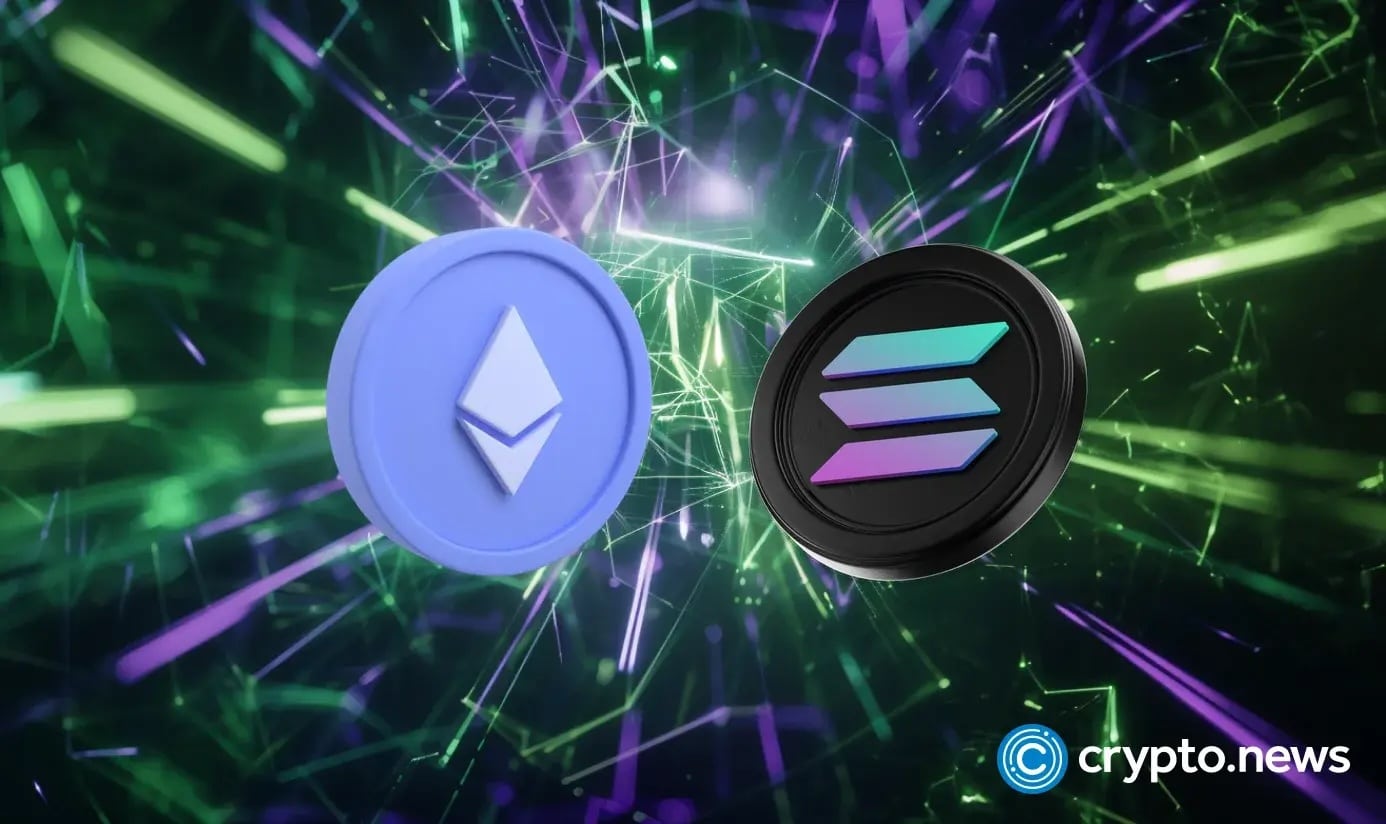Solana cannot serve as the backbone of the so-called “new” global financial system, according to Ethereum community member Ryan Berckmans.
Solana (SOL) shifted from its initial “monolithic” approach to acknowledging the importance of Layer 2 solutions. But Berckmans points out on X that Solana initially marketed itself as capable of handling global transactions on a single chain. This was before rebranding their L2 solutions as “Network Extensions” rather than acknowledging them as L2s.
Solana’s gradual acknowledgment of Ethereum’s (ETH) L2 backbone strategy came after seeing flagship applications building custom L2 appchains on their network.
This shift in perspective became more pronounced when a major Solana development team pivoted to building a SVM L2 on Ethereum.
Several barriers in front of Solana
Berckmans, who spent eight months as a senior engineer on the Augur Project, a prediction platform on the Ethereum blockchain, identifies barriers preventing Solana from becoming a global backbone.
First, Solana operates with only one production client (agave rust). A global backbone requires at least three independent chain clients with balanced stake distribution, he says.
The development of their second client, Firedancer, faces major delays due to the lack of a proper protocol specification and research community.
Solana’s high bandwidth requirements, recommending 10Gbps upload, create major centralization risks and practical limitations.
This requirement particularly challenges the notion of a global backbone that should be able to operate anywhere.
The platform’s history of outages and lack of protocol-level fallback capabilities pose additional risks.
Unlike Ethereum, Berckmans stated that Solana lacks the ability to continue producing blocks when finalization issues occur.
According to Berckmans, economic centralization presents another major concern. With approximately 98% insider allocation from their initial coin offering, compared to Ethereum’s 80% public sale, Solana faces questions about true decentralization.
The emergence of zk proof aggregation for L2 settlement further challenges Solana’s position. While Solana focuses on L1 execution scaling, this approach conflicts with the requirements for a global backbone.
Looking forward, Berckmans predicts that Solana’s year-over-year market share will continue to decline compared to Ethereum’s combined L1 and L2 ecosystem. He cites major corporations like Coinbase, Kraken, Sony, and Visa choosing Ethereum L2 solutions as evidence of the market’s direction.
The analysis concludes that while Solana has shown strength in areas like meme coin growth and price appreciation, its fundamental limitations prevent it from serving as the backbone of a global financial system.





